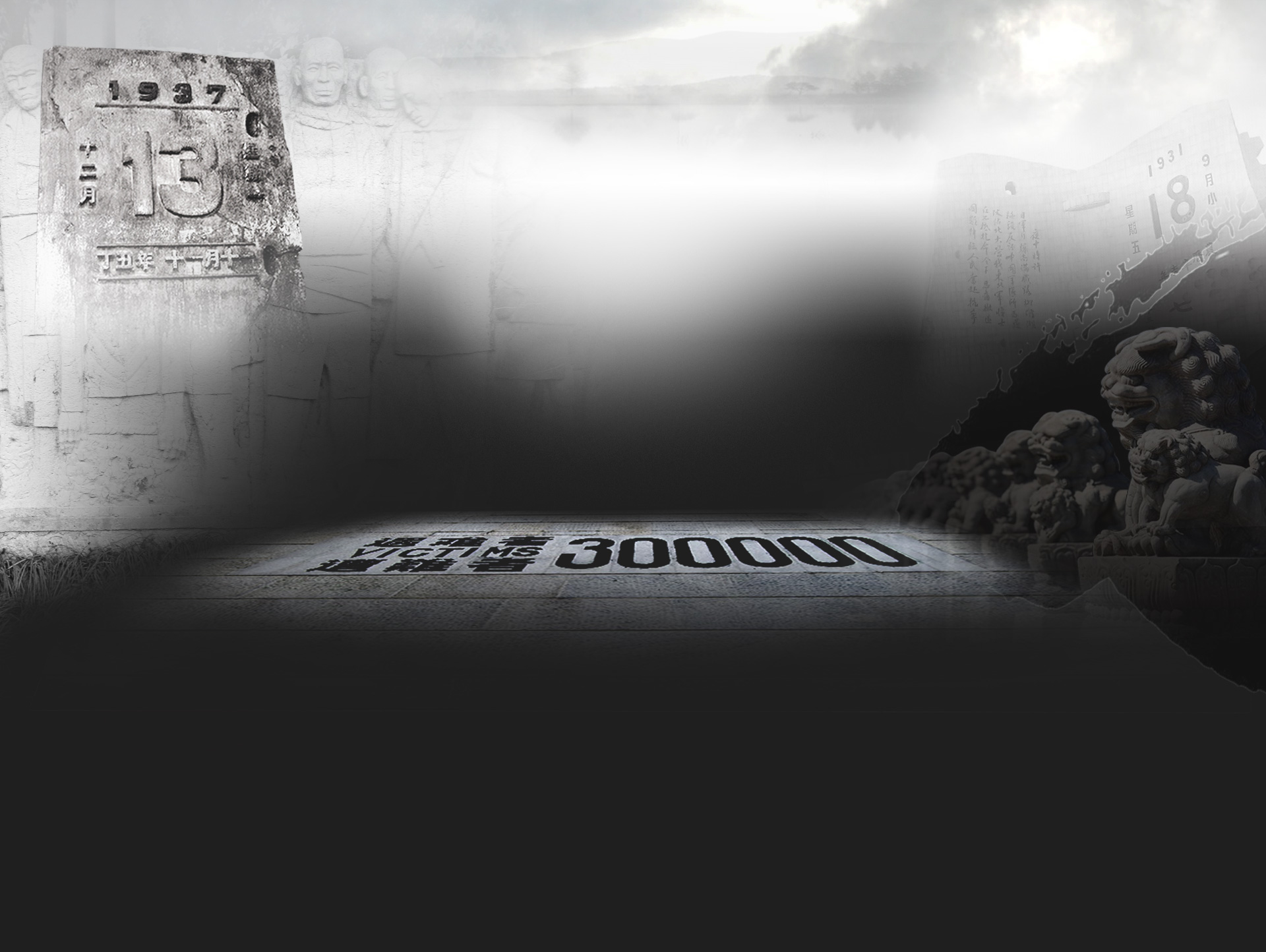by Xinhua writers Li Laifang and Wang Jian
BEIJING, July 7 (Xinhua) -- China commemorated on Tuesday the 78th anniversary of the start of its eight-year resistance against the Japanese invasion, underlining the country's essential role in World War II.
Activities were held nationwide to mark the "July 7 Incident" of 1937, when Japanese troops attacked Lugou Bridge, a crucial access point to Beijing.
Japan invaded northeast China in September 1931, but historians generally agree that the July 7 Incident marked Japan's full-scale invasion and the start of China's eight-year war of resistance.
COMMEMORATIONS
An exhibition, "Great Victory, Historic Contribution", opened on Tuesday at the Museum of the War of Chinese People's Resistance against Japanese Aggression near Lugou Bridge, also known as Marco Polo Bridge, in the southwest of Beijing.
A total of 1,170 pictures and 2,834 artifacts are on show. Chinese President Xi Jinping and other top leaders visited the exhibition.
All members of the Communist Party of China (CPC) and the whole nation should keep in mind this period of history, which was the result of life and blood, and bear in mind the achievements of the Chinese people to ensure national independence and freedom, and the sovereignty and dignity of the motherland, Xi said.
"The great contributions made by the Chinese people to the world anti-Fascist war should be remembered."
"We must cherish peace while being cautious of the future," said Xi, adding that China is committed to the road of peaceful development, and will defend world peace while advancing the cause of socialism with Chinese characteristics.
The exhibition is part of the country's events in the run up to the 70th anniversary of the victory of the anti-Japanese aggression war and the victory of WWII.
Shandong Province in east China on Tuesday launched an online memorial website on the anti-Japanese war, which features 3D video.
The interactive museum profiles the battles in Shandong during the war. It also features the names of soldiers and civilians who died during the war.
Wang Junmin, vice Party chief of the province, said the site is cell phone and computer friendly, and the content is available in Chinese, English, Japanese and Korean.
The privately run Jianchuan Museum in Anren Township of Dayi County in Sichuan Province opened an exhibition on Tuesday, with more than 6,000 items on display that document Japanese atrocities during WWII.
The 3,500-square-meter exhibition hall was designed by Japanese architect Arata Isozaki. About 95 percent of the items are from Japan, explained museum owner Fan Jianchuan.
The items include the records of Chinese-civilian deaths by Japanese troops, letters from Japanese soldiers, official documents on bombings, propaganda boasting military achievements, shell debris and Japanese swords.
"I hope Japanese people will visit, and reflect," said Fan.
The government of Jiangsu Province on Tuesday opened a photo exhibition in the provincial capital of Nanjing. More than 700 images are on display.
Among the visitors was Li Jianfeng, 90, a soldier during the anti-Japanese war. Li said the pictures are records of history and are of great value.
"Knowing history can help us better live up to our responsibilities and do better in our work," he said.
In Beijing, two monuments were unveiled on Monday, one in memory of Tong Linge and another for Zhao Dengyu. Both were commanders of the Nationalist Army and died during the war.
Early on Tuesday, Wang Lei cycled for an hour to see the sculpture depicting Zhao Dengyu in downtown Beijing.
"It is a special day. I want to come here to see the sculpture, remember our heroes, and feel their spirit in my heart."
CHINA'S ESSENTIAL ROLE
In his book "Forgotten Ally, China's World War II, 1937-1945," Rana Mitter, a professor of history at Oxford University, tells how the Chinese played an essential role in the wider war effort and made great sacrifices.
According to the author, the tragic, titanic struggle that China waged in the 1930s and 1940s was not just for its own dignity and survival, but for the victory of all the Allies.
In the anti-Japanese war, the CPC worked toward establishing a national united front of resistance against Japanese troops and an international joint anti-Fascist front.
The CPC also mobilized the masses behind enemy lines. The CPC-led army and civilians killed 1.7 million Japanese troops and puppet forces during the war.
More than 35 million Chinese were killed or injured in the anti-Japanese war, one-third of all who fell or were injured during WWII, according to incomplete official statistics. In the Nanjing Massacre of December 1937 alone, Japanese troops slaughtered at least 300,000 Chinese.
Chinese troops killed, wounded or captured more than 1.5 million Japanese soldiers, accounting for 70 percent of casualties of Japanese forces.
The war also caused more than 100 billion U.S. dollars in direct economic losses for China.
The main force of the Japanese army was in China during WWII, said Tan Huwa, a researcher with Yan'an University in Yan'an, a revolutionary base in Shaanxi Province, northwest China.
China's tough resistance prevented Japan from attacking the Soviet Union or sending more forces to the Pacific battlefield, disrupting Japan's war plan, he said.
This year marks the 70the anniversary of the end of WWII. Japan signed its formal surrender on Sept. 2, 1945, and China celebrated its victory the following day.
China will hold a military parade on Sept. 3 at Beijing's Tian'anmen Square to commemorate the great victory.
